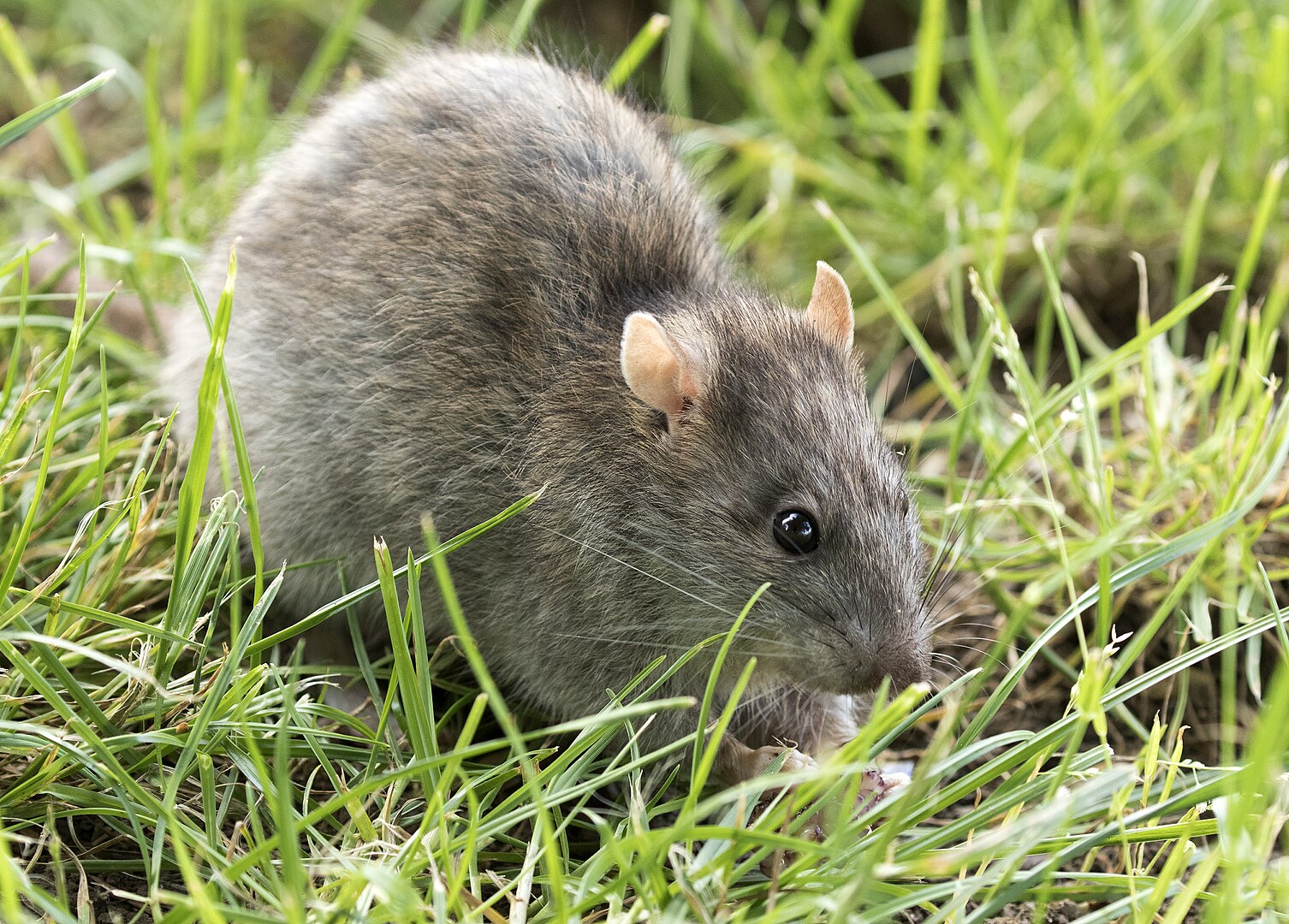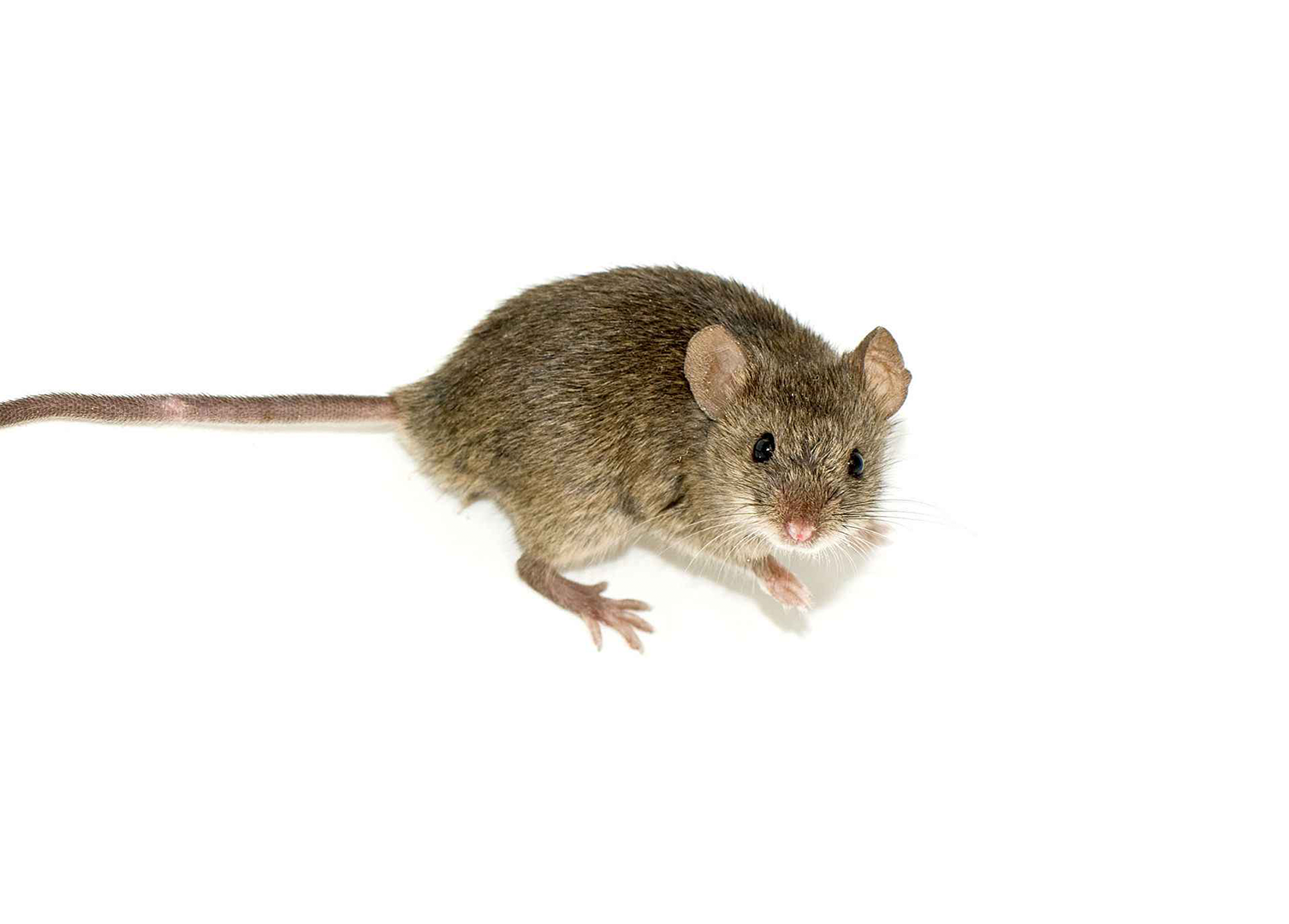Deratization
Complete control and elimination of rodents in commercial and residential properties, using the latest methods for guaranteed and long-term results.
Concept and Definition of Deratization
Deratization is a set of measures and procedures aimed at controlling rodent pests, primarily rats and mice, to a biologically acceptable minimum. The goals of deratization are twofold:
- To prevent the spread of infectious and parasitic diseases that rodents transmit to humans and animals;
- To reduce economic damages caused by damage to infrastructure, food supplies, and other property.
Complete eradication of rodent pests in a given area is not possible, so deratization aims to maintain their population at an ecologically and medically acceptable minimum. The most important rodent pests targeted belong to the genera Rattus (brown and black rat), Mus (house mouse), and Apodemus (field mice), as well as hamsters and voles.



Biological Characteristics of Rodents
Reproduction
Rodents are characterized by an extremely high reproductive potential. A female house mouse can have 5–8 young per litter, several times a year. Reproductive activity depends on:
- air temperature,
- food availability,
- presence/absence of predators.
Low temperatures reduce rodent fertility, so the most intensive breeding periods are in spring and autumn.
Economic Importance
Rodents cause:
- Direct damage – by destroying agricultural products, food, and raw materials;
- Indirect damage – by damaging installations, buildings, furniture, and technical equipment.
Estimates show that rodents cause more than 10% of losses in global agricultural production. The damage they cause often far exceeds the cost of timely and effective deratization.
Epidemiological Importance
Rodents are vectors (transmitters) of numerous dangerous diseases. The most dangerous diseases include: plague, leptospirosis, hemorrhagic fever (e.g., Hantavirus), trichinellosis, rabies, salmonellosis, brucellosis, tuberculosis. Therefore, deratization plays a significant role in preserving public health.
Rodent Control Methods
Deratization is carried out using the following measures:
1. Preventive Measures
The goal of preventive measures is to prevent the settlement and reproduction of rodents, and they include:
- proper construction of buildings (preference for concrete structures),
- sealing all possible entrances and cracks,
- hygienic maintenance of warehouses, storage facilities, and food storage areas.
2. Mechanical Measures
These include the use of:
- classic traps (mousetraps, rat traps),
- sticky tapes and boards,
- specialized traps.
They are used in facilities where the use of chemicals is restricted (e.g., the food industry).
3. Biological Measures
These are based on the use of natural enemies of rodents, such as:
- predators (owls, hawks),
- carnivores (weasels, foxes).
Additionally, biorodenticides and bacteriorodenticides are used – preparations based on microorganisms that cause diseases in rodents but are safe for other species.
4. Chemical Measures
The most effective and commonly used form of deratization. Rodenticides are divided into:
a) Fast-acting (acute) poisons
- Cause death within a few hours.
- Rarely used due to:
- high risk to humans and domestic animals,
- the possibility of rodents "learning" to avoid baits (learned aversion).
b) Slow-acting (chronic) poisons
- Cause death after several days, without alarming other individuals.
- The most commonly used preparations are second-generation anticoagulant rodenticides based on active substances:
- Bromadiolone
- Brodifacoum
- Difenacoum
These poisons work by causing internal bleeding, without immediate symptoms that would alarm the rodent colony.
Chemical measures also include:
- repellents – substances that repel rodents,
- chemosterilants – substances that cause sterility in rodents, thereby reducing their population in the long term.
Conclusion
Deratization is a key component in protecting health and property, especially in urban areas, agriculture, and the food industry. Effective rodent control requires a combination of different methods, professional planning, and regular implementation of measures, while respecting safety and environmental principles.
Get in Touch
Let's Start a Collaboration
Ready to raise your safety standards?
- call
- location_on Salaš 341, Čenej, Novi sad
-
Working Hours: Monday - Thursday:
08:00h - 16:00h Friday:
08:00h - 15:30h


